Stakeknife’s Dirty War: The Inside Story of Scappaticci, the IRA’s Nutting Squad and the British Spooks Who Ran the War
£14.20£17.10 (-17%)
In this sensational exposé of British Intelligence’s top informer in the upper ranks of the IRA, Richard O’Rawe delivers the most definitive account yet of the Troubles’ most enigmatic, notorious and sinister figure, Freddie Scappaticci.
Codenamed Stakeknife, from the late 1970s through to his eventual exposure in 2003 he was the ‘jewel in the crown’ of a British infiltration system designed to cause mayhem and chaos in the IRA’s military operations. O’Rawe gained unprecedented access to Scappaticci’s former comrades, who reveal extraordinary details of the inner workings of the IRA’s Internal Security Unit. Headed by Scappaticci, this secretive group was known locally as the ‘Nutting Squad’ owing to its fearsome reputation for the abduction, interrogation, torture and execution of volunteers suspected of working for the British or the RUC. The political scandal at the heart of this story is that Scappaticci’s intelligence handlers were aware of almost every abduction and execution he carried out prior to it taking place; a scandal that became the subject of the British government sponsored inquiry, Operation Kenova.
In this compelling and extraordinary story of state-sanctioned murder and extreme moral ambiguity in the overriding quest for the protection of ‘national security’, the truth is truly stranger than fiction.
Read more
Additional information
| Publisher | Merrion Press (14 Sept. 2023) |
|---|---|
| Language | English |
| Paperback | 272 pages |
| ISBN-10 | 1785374478 |
| ISBN-13 | 978-1785374470 |
| Dimensions | 15.24 x 1.78 x 22.23 cm |

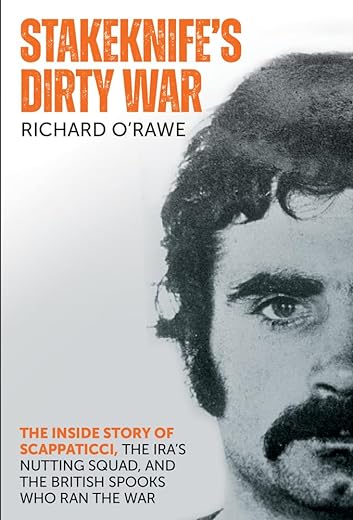

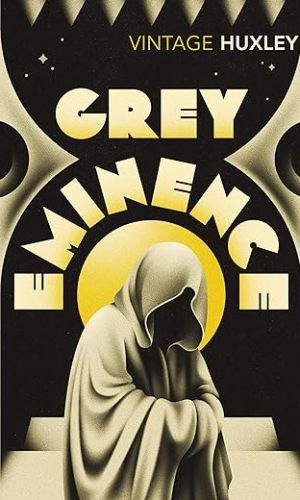
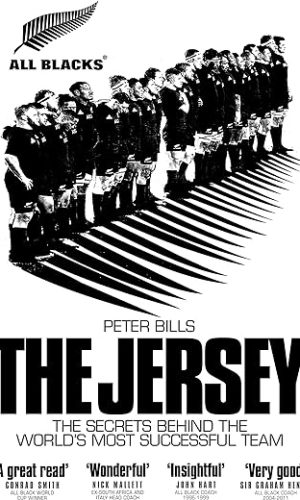
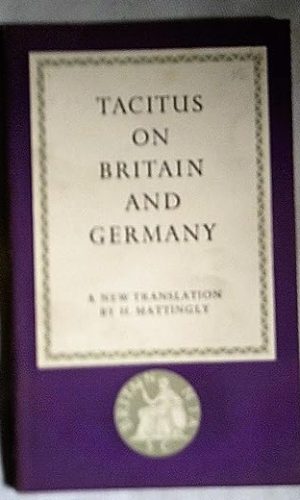



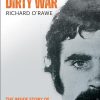
by Declan Hayes
O’Rawe has written a solid work here which should lead voters asking Sinn Fein very hard questions as to who do they really serve. But, just as Stakeknife was taken on faith, so also are those who most benefited from his crimes. O’Rawe and those who helped him, can hold their heads high. No Saxon shilling or Judas blood money for them, only the rewards that come with being true to their communities and themselves.
by mr ian sutherland
All perfect, good packaging. ????
by Tim H
Bought the book recently and found it to be a balanced, measured and intriguing read. Actually met the author at a book signing recently and found him thoughtful and engaging. We are app prisoners of our troubled past, time to look forward.
by Alto Saxx
He ran with evil on both sides, a sick kind of bravery, as an ex British soldier he ranks high, in war everything and everyone suffers, with his assistance we gained a human enigma machine.
by Philip
Book is very much from a Dissident republican perspective and must be read within that context. No matter the shading you cannot help but see how republicans perpetrated and accepted torture and brutality of other human beings. Horrific. Book talks about informants as if they were bad people. Wholly wrong they helped stop the unlawful and murderous campaigns of terrorists republican and loyalist.
by Miguel OG
Diverting read about an evil man.War and conflict seem to provide refuge for such damaged individuals to thrive.
by George Larmour
I started reading this book with a degree of anticipation that some exclusive and dramatic insights would be revealed about Freddie Scappaticci – AKA Stakeknife.
Although I found it a fascinating read and it is written in a straightforward style that made for easy understanding of a complex character, I don’t think it fully lived up to the title of being the inside story of Scappaticci.
There are interesting opinions and perceptions in the book, some in hindsight, from former friends and IRA members. But they are just that – opinion and perception.
Reading the book, it is obvious that very few of them saw the real Freddie Scappaticci, who amazingly managed for so long to hide in plain sight from them.
Was he able to hide in plain sight because his comrades and paramilitary Godfathers were so inept?
Or did he know too much about some of his former comrades who allowed him to hide in plain sight. Because they too were hiding in plain even higher up the clandestine paramilitary ladder than him? As hinted in this book. And are some of them still hiding in plain sight and glad he is gone with his secrets and no longer a threat to them.
Was he really so devilishly clever and cunning or were his handlers, as again suggested in this book, the real masterminds behind their willing puppet? Who really was in control of the ‘Troubles’?
It was interesting to read in the book that Stakeknife used the subtle technique of offering an AMNESTY to suspected informers during their interrogations by him. All they had to do was tell him the truth and he promised them they would be granted an amnesty.
I couldn’t help thinking as I read that in this book that this sounds familiar to the Troubles Legacy and Reconciliation AMNESTY that is being offered to perpetrators. Perhaps this current deceptive concept has been devised by the same men in grey suits who came up with that interrogation AMNESTY idea.
I suspect that some former foot soldiers reading this book might be forgiven for feeling they were unwitting pawns in a game that was always controlled by unseen people in intelligence circles who used people like Stakeknife to carry out their dirty work. And are asking themselves now in hindsight if they were fools.
This book didn’t give me answers but it is an interesting read.
Hopefully Jon Boutcher and his Kenova team who I have been liaising with for two years will provide me with the answers I have been searching for.
George Larmour
Author: ‘They Killed the Ice Cream Man’
by Eamonn Lynch
Richard O’Rawe’s book is a tough, yet compelling read for those of us who consider ourselves Irish republicans or nationalists. Without access to state or ‘agent’ records or indeed, the soon to be published Kenova report, O’Rawe’s book was always destined to pose more questions than it answers. Nevertheless, this well researched and engagingly written book offers credible, believable and uncomfortable analysis of the life and times of Stakeknife, his handlers and theirs and the notorious IRA nutting squad that he fronted.
Perhaps the most important reveal from this book is the proposition, by the author, that state constructed TCGs were the real arbiters in who was ‘nutted’ and who was not, meaning that not only did the state run the loyalist murder gangs, which has been previously established, but they also, to a large extent, appear to have run the republican war, at least during Stakeknife’s time in the Provos ISU.
After reading this book, it’s no coincidence that the Legacy Act has been enacted before the Kenova report has been released to the public. This will ensure that whatever Kenova reveals, that no state actors will be prosecuted.
It was indeed a Dirty War and well done Richard O’Rawe for shining a light on the particularly murky world of touts and agents during the Troubles.